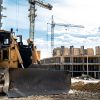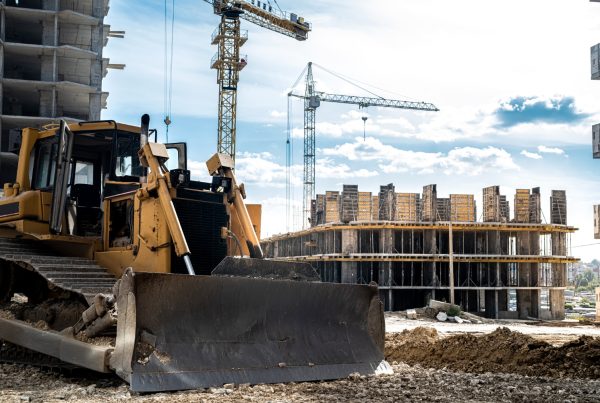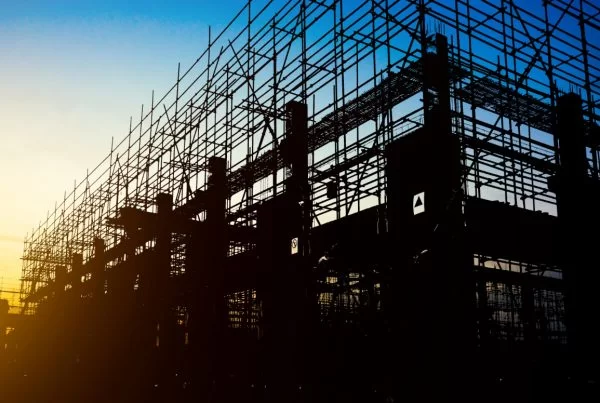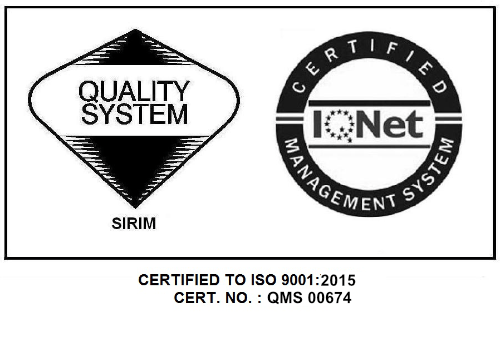
The environmental footprint of data centres is no longer just an operational concern; it begins at the construction site. With Malaysia’s goal to achieve net-zero emissions by 2050, sustainable construction practices must be at the forefront of every new data centre build.
It starts with site selection. Prioritising brownfield redevelopment and integrating facilities into existing urban or industrial zones will reduce ecological impact. Digital tools like Building Information Modelling (BIM) enable greater precision, reducing waste and improving energy simulation before construction begins.
Material choices play a critical role. Low-carbon cement, recycled steel, and sustainable insulation materials can significantly reduce embodied carbon. Modular construction methods, now gaining traction in the local industry, further reduce waste and enable faster more efficient builds.
Passive design strategies include optimised orientation, thermal insulation, and green roofs. These will enhance energy performance from day one. Meanwhile, construction teams can implement circular practices, such as recycling building waste, reusing packaging, and sourcing materials locally.
Sustainability certifications, such as Malaysia’s Green Building Index (GBI) or international ratings like LEED, are setting new benchmarks in eco-conscious development. These frameworks also offer reputational and economic advantages, especially as ESG reporting gains traction among investors and global clients.
In short, the race to build data centres must not come at the cost of environmental stewardship. The path forward lies in developing smarter, greener, and more responsible solutions, so that sustainable foundations drive our digital progress.














